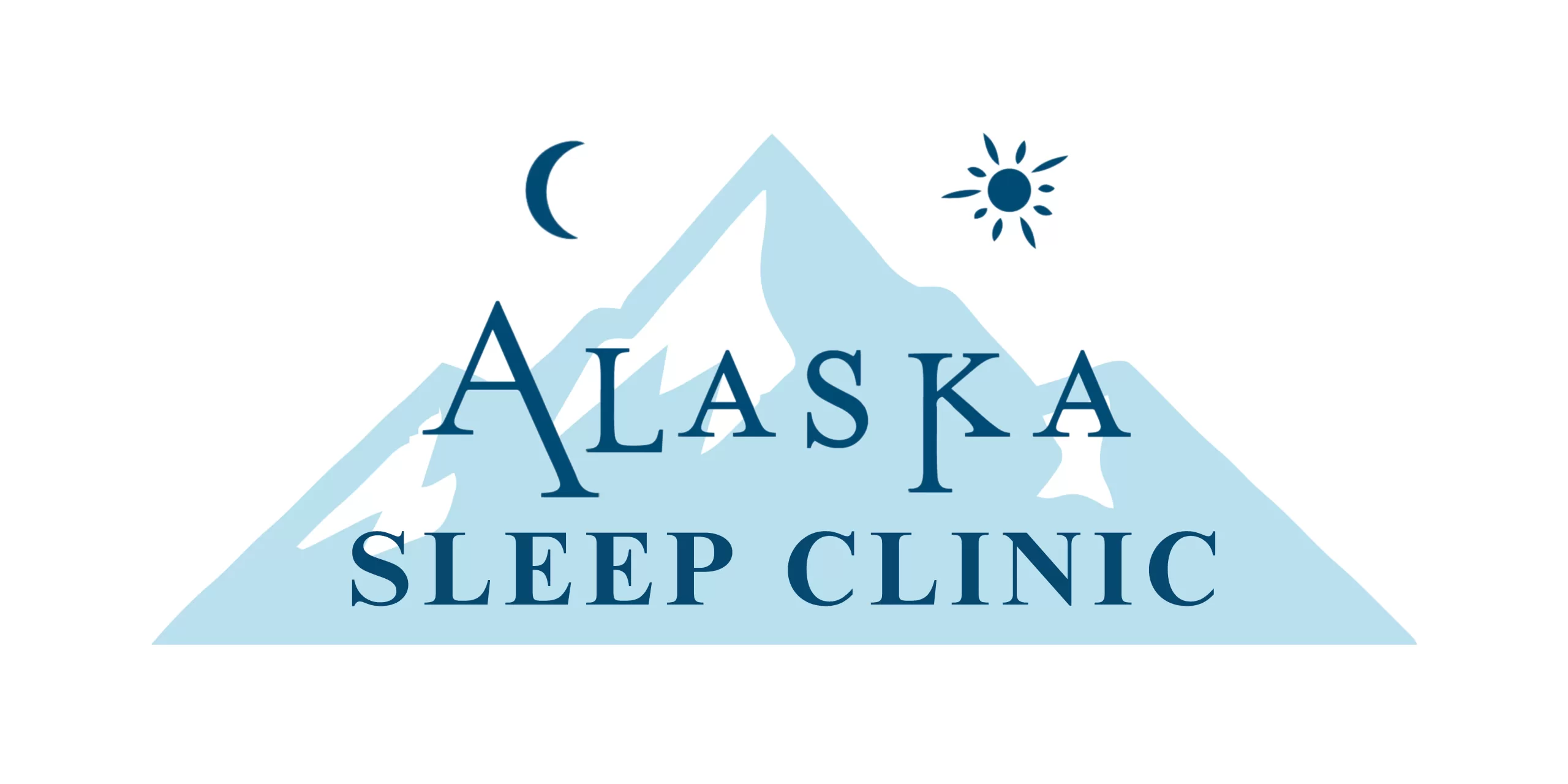plays a vital role in our health and well-being, so it’s natural to want to put yourself at every advantage possible to get a good rest every night.

While we think of getting dressed as something we do for our daytime affairs, it’s also important to dress right for getting under our covers every night, as what you wear can make a big difference to sleep quality.
This article will look at how nightclothes can affect our sleep, and what the best clothes are to wear to bed.
What do the statistics say?
While the data on this front is limited, the data we do have shows that nearly 40% of Americans will wear just underwear or sleep in the nude during the nights, 23% wear shorts and a T-shirt, while about a third will actually dress for the occasion with pajamas or nightgowns.
It’s more likely to be women that will dress properly, nearly four times as often as men, whereas men will sleep in the nude more than twice as often as women.
Ditch the bra
There is a common misconception that wearing a bra during sleep will prevent sagging in the future, however, this is not true and it could actually cause a number of health issues by hindering circulation, as well as put unnecessary pressure on your chest meaning you have to strain to breathe. In addition, underwired bras that press too deep into the skin can lead to indentations, skin irritation, and even cysts.
The risk of developing a fungal infection is also increased by wearing bras to bed especially if you live in a humid climate. The same goes for women who wear pants to bed, while this may be the norm for so many, it can increase the chances of such infections, so it is much better to wear some shorts or lose trousers.
Finally, when it comes to sleep quality, wearing a bra can actually cause discomfort and sleeplessness, so going bra-less during sleep is a no-brainer.
Wear loose clothing
Wearing loose clothing is important for circulation as well as allowing your skin to breathe. Constricting clothes such as tight pants with elastic waist bands or tight tops and trousers will negatively impact your circulation and hamper your ability to breathe naturally, and it can also lead to skin irritation.
Research shows that wearing binding clothing at night can also inhibit melatonin production which is responsible for regulating your sleep cycles, and if your body’s circadian rhythm is off balance, then this could really affect your sleep quality.
Stick to cotton
Cotton is by far the best material for sleeping, it’s ideal because it is a natural fibre that is lightweight, soft and comfortable. Furthermore, it allows your skin to breathe and is much less likely to cause skin irritation or rashes, particularly if the clothing is loose fitting. If cotton isn’t for you, then other fabrics such as silk or bamboo fabric are good alternatives.

Wear socks
For all those who love to wear socks in bed, then it’s good news, there are many benefits of doing so. Research shows that having warm feet can help you relax and fall asleep faster as it can help to lower your blood pressure and prepare your body for sleep. It also helps to aid in the prevention of cracks and dryness, or if your feet are on the sweatier side, socks will absorb excess moisture.
The clothes you wear to sleep have an eye-opening history
What you choose to wear to bed is a personal matter. You might be perfectly happy in a matching striped pajama set, while someone else could choose to snooze in a cute nightgown (or absolutely nothing!).
But do you know how today’s nightwear made it to its current state? The history of pajamas is more surprising than you might think!
- Where The Word Comes From: The word “pajama” comes from the Indian word “piejamah,” which described loose pants that were tied at the waist. The comfy trousers were admired by British colonials as the perfect thing to wear when napping in the afternoon, and it wasn’t long before the outfit was deemed perfect for any time spent asleep. When the colonials returned to Britain, the trend caught on.
- Pajamas Aren’t Just For Sleeping: In the early 1900s, a fashion designer named Paul Poiret created silk pajamas to be worn out in public during the daytime, as well as in the evening. And today, in some Asian countries, people still like to wear full pajama sets out in public. In Japan, this trend is taken one step further. Some people go out in something called Kigurumi, which are pajamas made to look like giant stuffed animal costumes.
- Footed Pajamas Aren’t Always For Kids: They actually started out as something designed for adults. The first versions were made when people began sewing socks to the bottom of their pajama pants. It wasn’t to just keep their feet warm; it was to prevent bugs like termites from nibbling on their toes.
- Nightcaps Were All the Rage: Nightcaps (the articles of clothing, not the alcoholic beverages) might enter your mind mostly during the holidays (since they are featured in both A Christmas Carol and ‘Twas the Night Before Christmas), but they were popular throughout the 19th century. The purpose is pretty obvious: to keep a person’s head warm during the winter while he or she slept. But the design has some thought behind it. The pointed cap is long enough to wrap around your neck like a scarf, but not so long that it could choke you in the middle of the night.
- Who Needs Pajamas? While stores sell tons of pajamas these days, sleeping in your birthday suit is still popular. For example, in the UK, 47 percent of men sleep in absolutely nothing (while only 17 percent of British women go nude at night). Americans, on the other hand, are just slightly more conservative. About 31 percent of men in the United States sleep naked and 14 percent of women go nude.
No matter what you sleep in at night, sleep may not come easily. If you think you might be suffering from a sleep disorder, call Alaska Sleep Clinic for your free sleep assessment today.
![trust-bbb_torchaward_graphics_TorchAwards_header_finalist[1]](https://www.alaskasleep.com/hs-fs/hubfs/trust-bbb_torchaward_graphics_TorchAwards_header_finalist%5B1%5D.png?width=2001&name=trust-bbb_torchaward_graphics_TorchAwards_header_finalist%5B1%5D.png)












